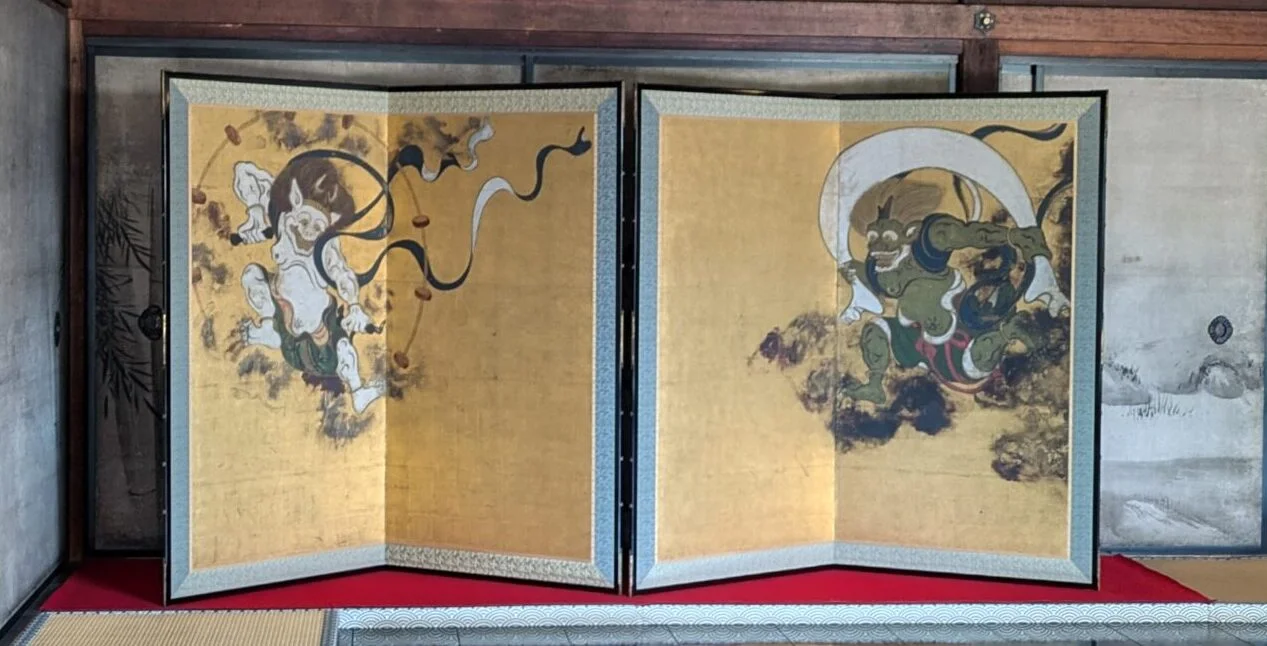Kennin-ji: Kyoto’s Oldest Zen Temple in center of Gion
Kennin-ji, located in Kyoto’s Gion district, is the oldest Zen temple in Kyoto. Its serene atmosphere and rich history continue to captivate many visitors. Embodying the spirit of Zen, this temple serves as an important place for understanding Japanese culture and spirituality deeply.
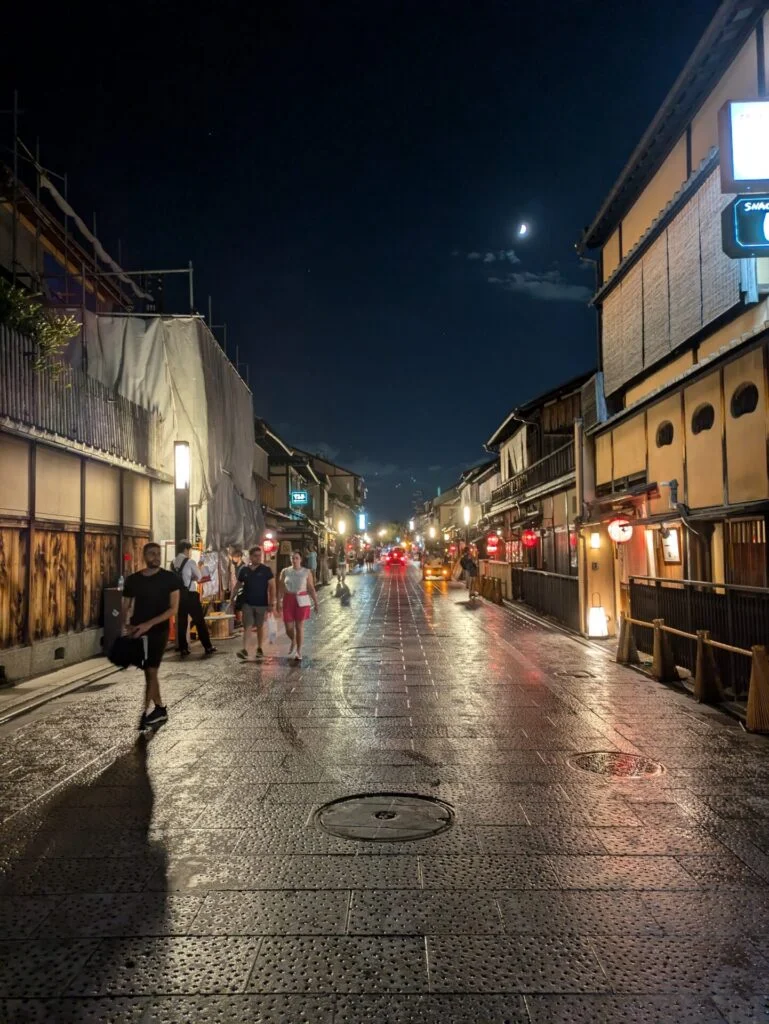
Weaving a Thousand Years of History: The Birth and Development of Kennin-ji
The history of Kennin-ji dates back to 1202, the early Kamakura period. Even after more than 800 years since its founding, its historical significance and cultural value remain unchanged, continuing to function as a center of Japanese Zen Buddhism.
Eisai, the founding monk, brought back Zen teachings and tea seeds to Japan after his studies in China. His achievements laid the foundation not only for Zen Buddhism but also for Japanese tea culture. The name “Kennin-ji” is derived from the era name “Kennin” during which it was established.
Throughout its long history, Kennin-ji has suffered damage from fires and wars several times, but it has been rebuilt each time, surviving along with the teachings of Zen.
Today, Kennin-ji not only serves as a Zen Buddhist temple but also holds an important position as a hub for Japanese culture. While maintaining a balance between tradition and innovation, it continues activities in tune with the times, such as preserving art pieces designated as national treasures or important cultural properties, and integrating contemporary art.
A Space to Calm the Mind: Highlights of Kennin-ji
Kennin-ji offers various highlights that calm visitors’ minds and lead them to deep contemplation:
“Circle-Triangle-Square Garden” (Maru-sankaku-shikaku no Niwa):
This Zen garden in front of the Hojo (main hall) uses simple geometric shapes – circle (○), triangle (△), and square (□) – to represent the four elements of Buddhist philosophy: earth, water, fire, and air. The circle symbolizes water , the triangle represents fire, and the square symbolizes earth. The gravel represents air. This garden embodies the Zen teaching that “truth lies in simplicity.”

“Garden of the Sound of Tide” (Cho-ontei):
Located on the south side of the Hojo, this garden’s name means “a garden where you can hear the sound of waves.” The white sand in the center represents the sea, the placed rocks symbolize islands, and the planted pines and shrubs evoke a coastal landscape. Sitting and viewing this garden can provide a sense of tranquility and comfort as if you were by the seaside.

National Treasure “Fujin and Raijin Screens” (Wind and Thunder Gods):
This masterpiece by Tawaraya Sotatsu is one of the most famous art pieces owned by Kennin-ji. The left screen depicts Fujin (the wind god), and the right screen depicts Raijin (the thunder god), both painted with dynamic poses on a gold leaf background. The contrast between the bold composition and delicate brushwork enhances the appeal of this work.
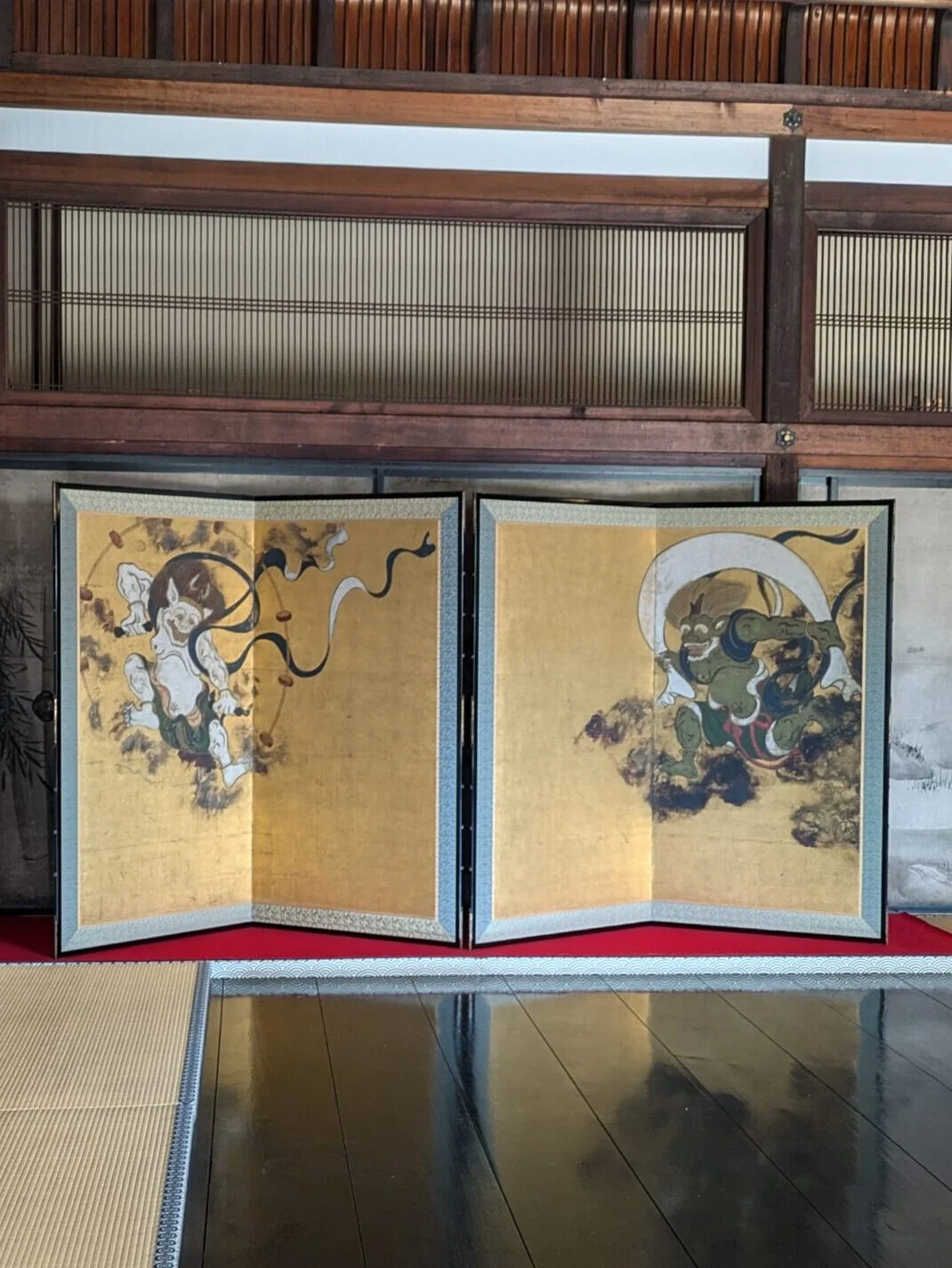
“Twin Dragons” ceiling painting in the Hatto (Dharma Hall):
This modern masterpiece, completed in 2002, covers the entire ceiling of Kennin-ji’s Dharma Hall. Painted by artist Koizumi Junsaku over about two years, this massive painting (about 175 square meters) depicts two dragons emerging from the clouds. The dragons’ eyes seem to follow visitors from any angle, skillfully painted to create this effect.
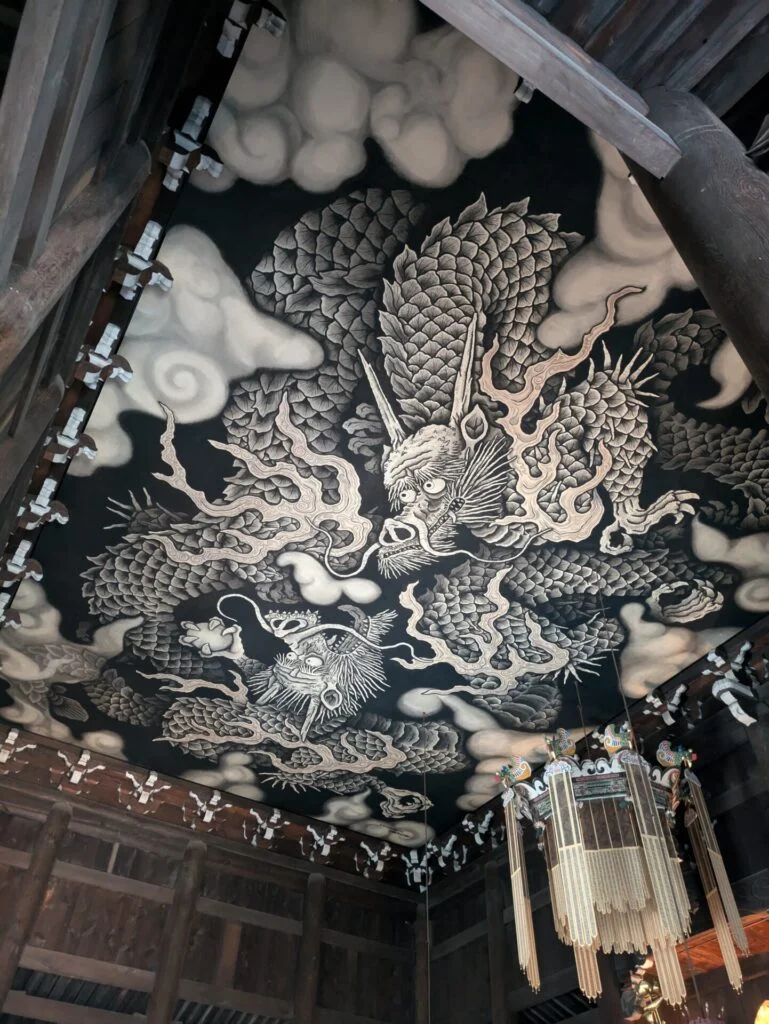
Access to Kennin-ji
Kennin-ji is located in Higashiyama Ward, Kyoto, about a 10-minute walk from Gion-Shijo Station
A Famous Japanese Sweets, Wagashi, Shop: Kagizen Yoshifusa
After visiting Kennin-ji, we recommend savoring the taste of Kyoto at Kagizen Yoshifusa, a long-established Japanese confectionery shop nearby.
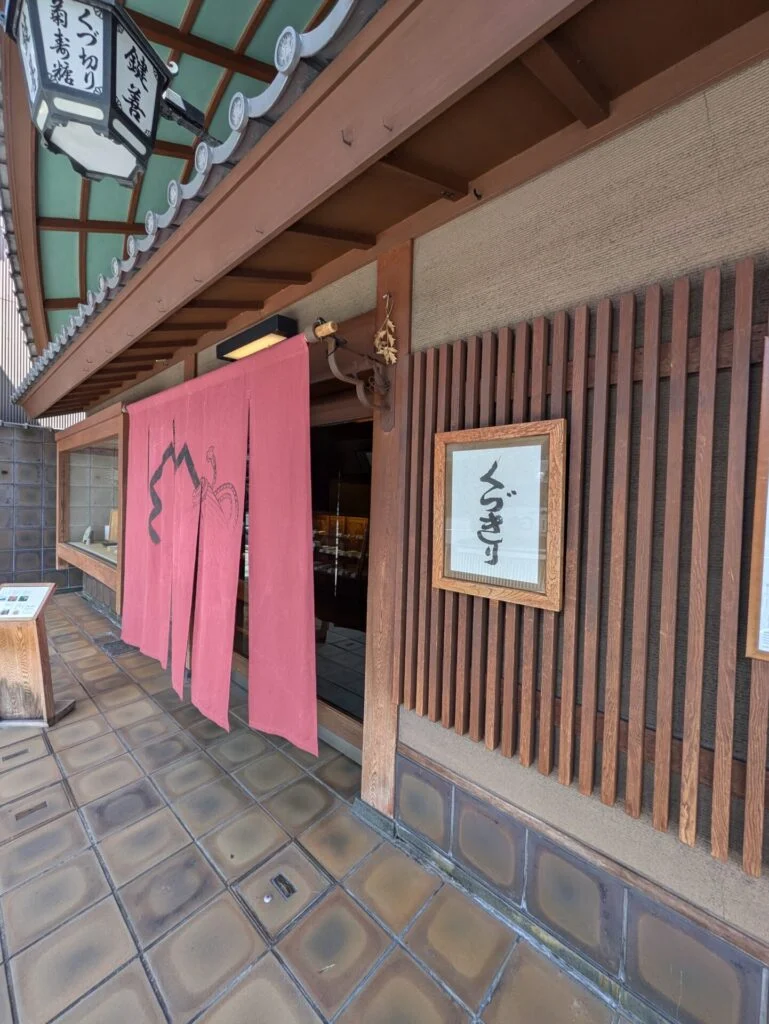
Kagizen Yoshifusa, located near Hanami-koji Street in Gion, is particularly famous for its kuzu kiri. Founded in the 1700s during the Edo period, this shop with over 300 years of history continues to offer Japanese sweets that fuse traditional techniques with modern sensibilities.
In the shop’s tea room, you can enjoy freshly made kuzu kiri prepared upon order. The ingredients for kuzu-kiri are only carefully selected kudzu starch and water. They particularly use kudzu from Morino Yoshino Kuzu Honpo in Yoshino Ouda, adhering to its quality.
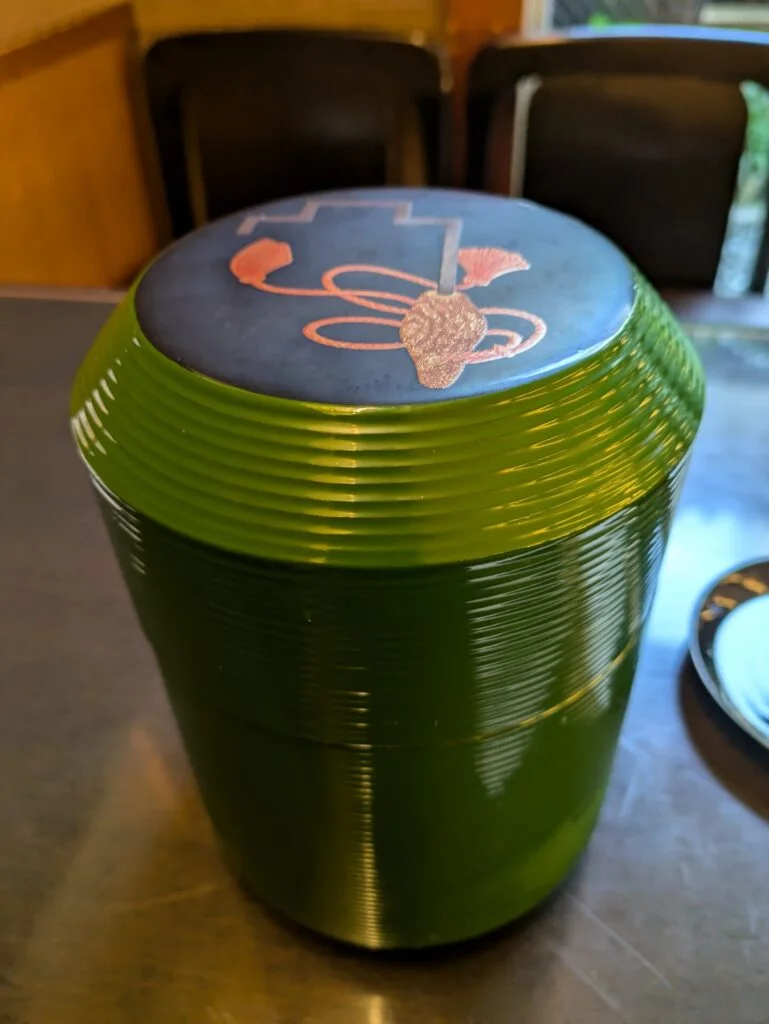
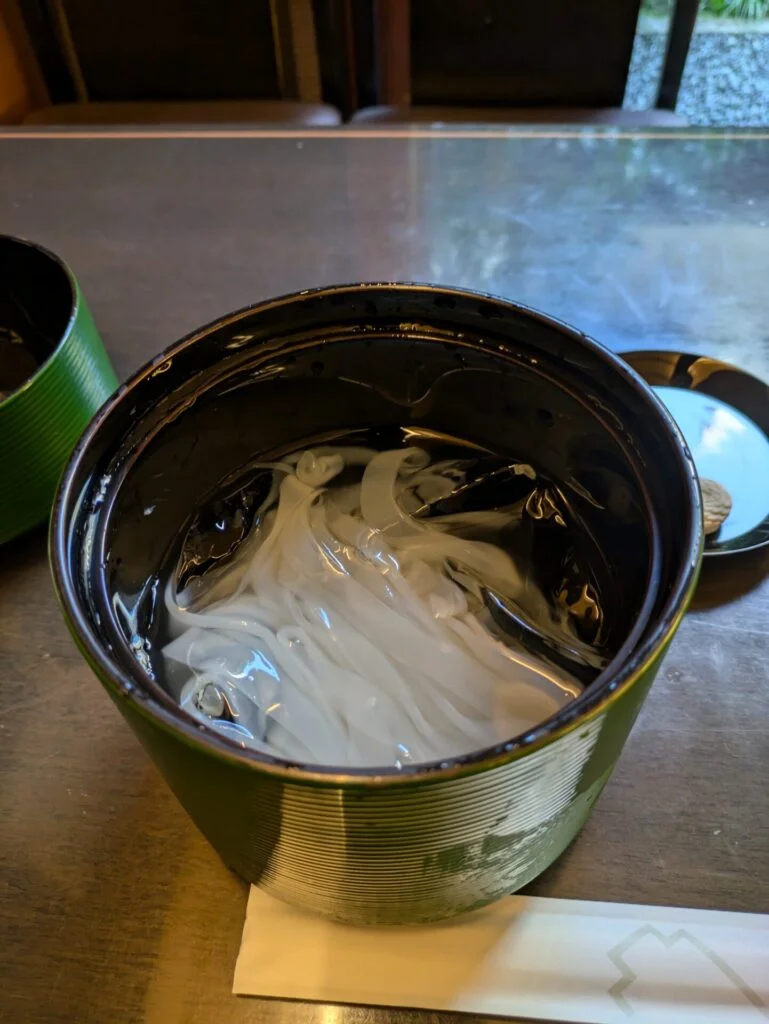
The black syrup used is from a small island in Okinawa, enhancing the smooth texture and elastic bite of the kuzu-kiri. This dessert can be enjoyed in any season, providing a cool refreshment in Kyoto’s hot summers and a warming comfort in cold winters.
From inside the shop, you can also view a small garden with a storehouse, allowing you to enjoy Japanese sweets in a tranquil atmosphere that feels like a different world from the bustle of Gion. When you’re tired from walking around Kyoto or craving something sweet, why not cool off with Kagizen Yoshifusa’s kuzu kiri?
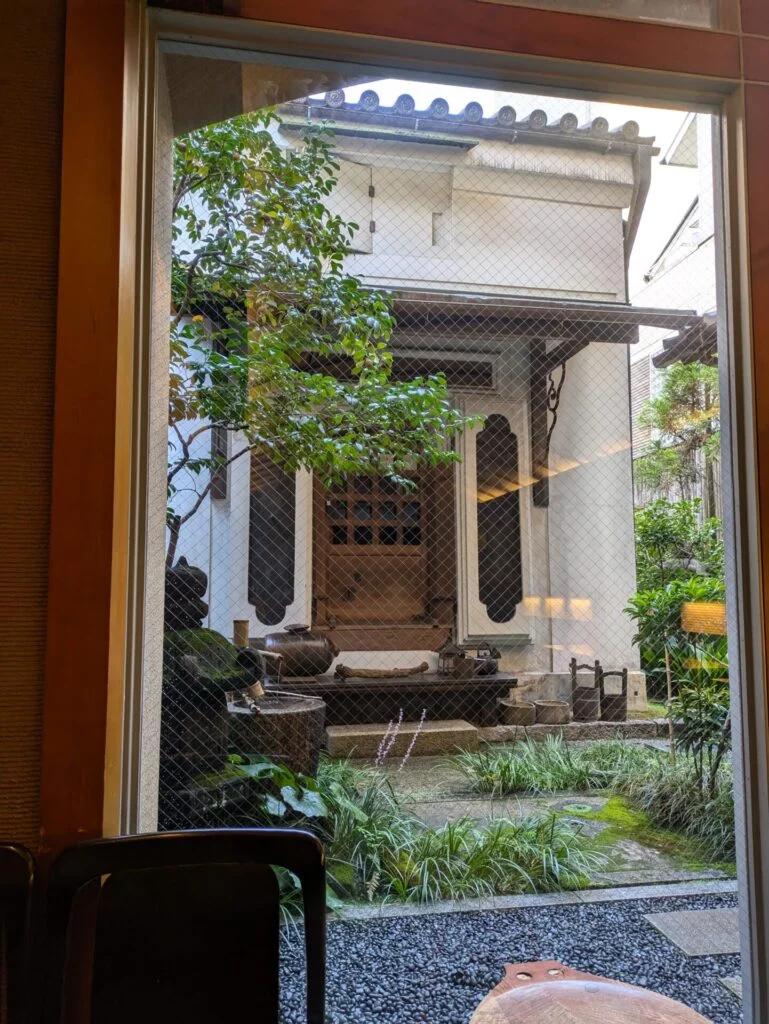
Access to Kagizen Yoshifusa
Kagizen Yoshifusa is about a 5-minute walk from Kennin-ji.
By visiting Kennin-ji and Kagizen Yoshifusa, you can experience both the historical depth of Kyoto and the richness of Japanese confectionery culture at once. The combination of Zen spirit and the taste of Japanese sweets, Wagashi, offers a cultural experience unique to Kyoto.
